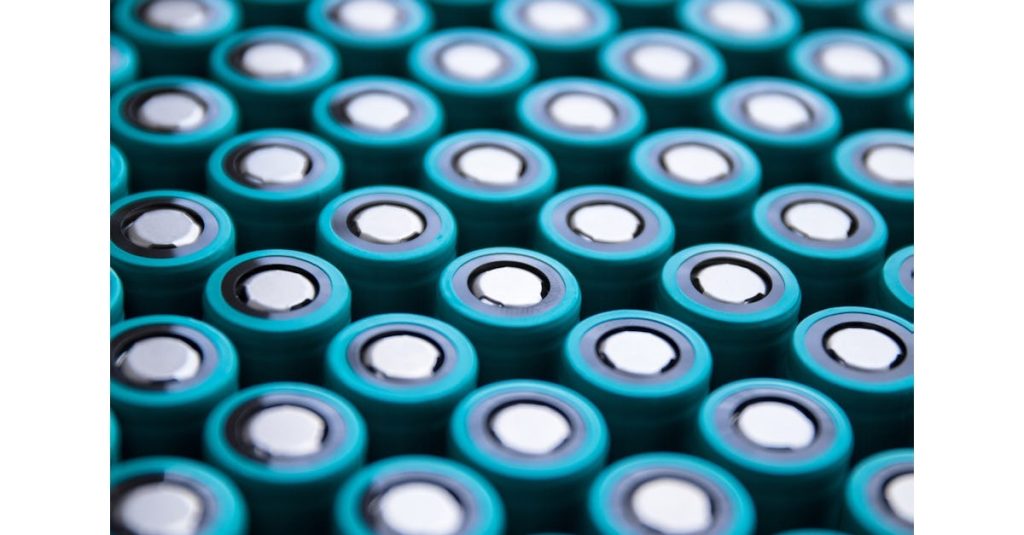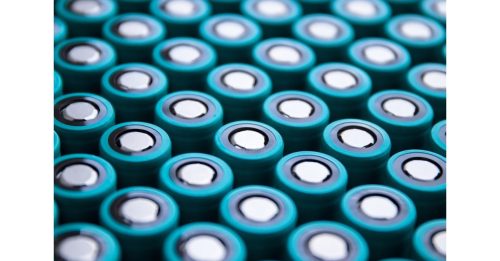Graphite anode material is one of the commonly used anode materials in lithium-ion batteries, with high energy density and low manufacturing cost. It is mainly composed of graphite, which has high electrical conductivity and good chemical stability.
The production process of ink-based negative electrode materials includes coating and doping processes, during which other elements may be introduced. As the energy density of batteries increases, the compaction density becomes higher and higher, and the stability requirements for graphite anode materials also increase. Therefore, it is particularly important to ensure the quality and performance of products and to effectively measure and remove trace impurity elements in graphite anode materials.
10 core performance indicators of graphite anode materials
There are many technical indicators of graphite anode materials, which are difficult to take into consideration. They mainly include specific surface area, particle size distribution, tap density, compacted density, true density, first charge and discharge specific capacity, first efficiency, etc. In addition, there are electrochemical indicators such as cycle performance, rate performance, expansion, etc.
Specific surface area
Refers to the surface area per unit mass of an object. The smaller the particle, the greater the specific surface area.
The negative electrode with small particles and high specific surface area has more channels and shorter paths for lithium ion migration, and the rate performance is better. However, due to the large contact area with the electrolyte, the area for forming the SEI film is also large, and the first efficiency will also be lower. . The opposite is true for large particles, which have the advantage of greater compaction density.
The specific surface area of the graphite negative electrode material is preferably less than 5m2/g.
Particle size distribution
The particle size of the graphite anode material affects its electrochemical performance. The particle size of the anode material will directly affect the tap density of the material and the specific surface area of the material.
The size of the tap density will directly affect the volume energy density of the material. Only appropriate material particle size distribution can maximize the performance of the material.
Tap density
Tap density is the measured mass per unit volume when vibration causes the powder to appear in a densely packed form. It is an important indicator to measure active materials. The volume of lithium-ion batteries is limited. If the tap density is high, the mass of the active material per unit volume is large, and the volume capacity is high.
Compacted density
The compacted density mainly refers to the pole piece, which refers to the density after rolling after the negative active material and binder are made into the pole piece. Compacted density = surface density/(thickness of the pole piece after rolling minus the thickness of the copper foil ).
True density
The weight of solid matter per unit volume of a material in an absolutely dense state (excluding internal voids).
Cycle performance
Battery cycle performance refers to the number of charges and discharges that the battery has experienced under a certain charge and discharge system when the battery capacity drops to a certain specified value.
Expansion
There is a positive correlation between expansion and cycle life. After the negative electrode expands, firstly, it will cause the winding core to deform, the negative electrode particles will form micro-cracks, the SEI film will rupture and reorganize, consume the electrolyte, and the cycle performance will deteriorate; secondly, the separator will be squeezed. The pressure on the diaphragm is severe, especially at the right-angle edge of the tab, which can easily cause micro short circuits or micro metal lithium precipitation as the charge and discharge cycle proceeds.
Rate performance
The diffusion of lithium ions in graphite anode materials has a strong directionality, that is, it can only be inserted perpendicular to the end face of the C-axis of the graphite crystal. Negative electrode materials with small particles and high specific surface area have better rate performance. In addition, the electrode surface resistance (brought by the SEI film) and electrode conductivity also affect the rate performance.


